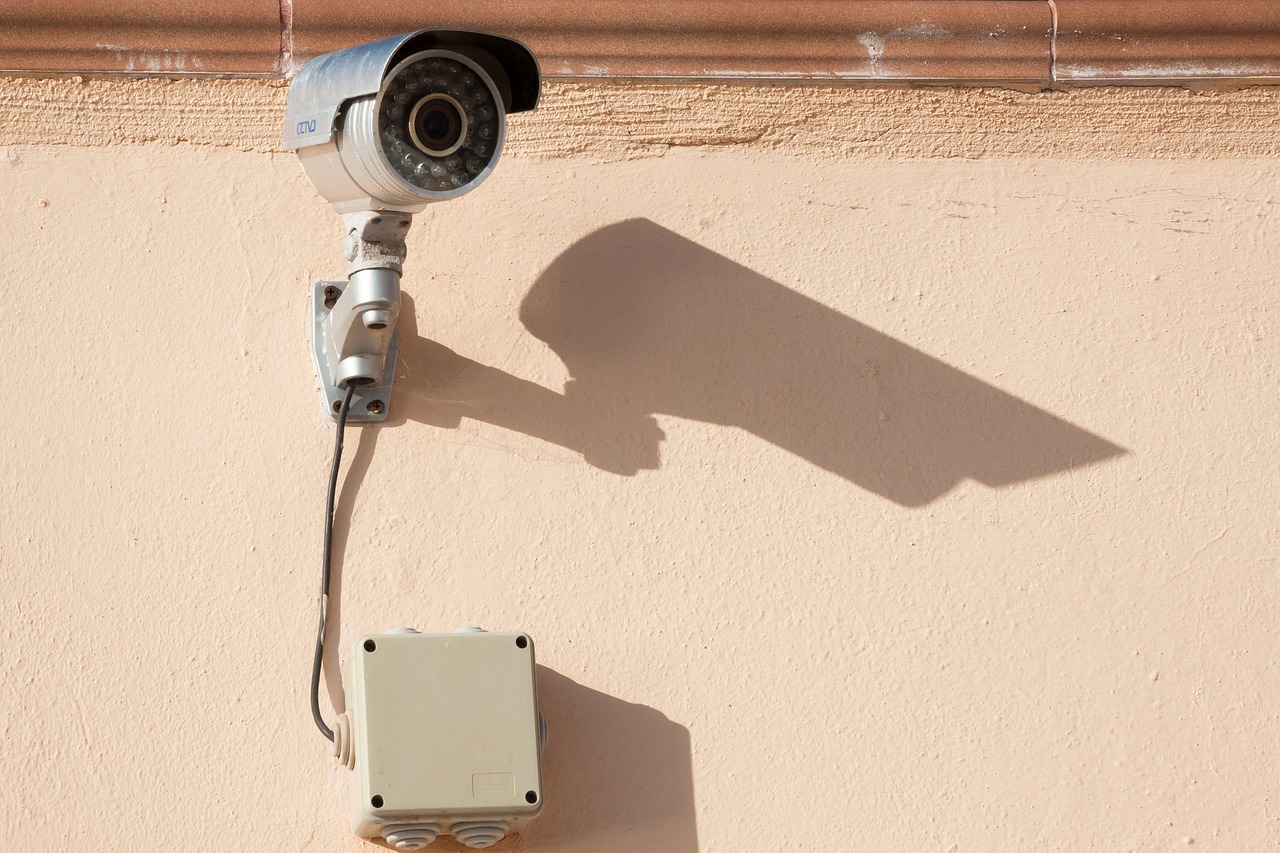At Total Security Solutions, we understand that our bulletproof barriers are just one component of a successful security plan for any facility. A security professional may also recommend an access control system, a digital video recording system, proper employee training or a cash management system.
With many of these security measures, going discreet isn’t always what facility owners are after. While bulletproof glass does stop bullets and video cameras can actually help catch the criminals involved in a robbery or other incident by recording their actions, they are just as effective at deterring the crimes in the first place. Visible security signage and increasing your employee’s sightline by reducing blind spots are also ways to deter crimes from happening. 
Video Surveillance on the Streets of Major Cities
Major cities install surveillance cameras on the streets, in parking lots and in public transportation to reduce crime activity. The level of effectiveness varies on how many cameras are installed, their locations, and the manpower assigned to monitor the cameras. For example, Baltimore installed approximately 700 street-level cameras. Chicago, on the other hand, installed more than 22,000 security cameras throughout the city, from various public service authorities. A review of 44 different studies on the effectiveness of closed-circuit television (CCTV) found that surveillance cameras did deter crime in parking lots and public transportation. However, they had minimal effect on other public settings.
Video Surveillance Deterring Crime for Small Businesses
For a small business owner, the number of surveillance cameras used in a city is astronomical and unnecessary. On any scale, however, strategic video surveillance placement is important. Obviously, areas of vulnerability such as a cash register or entry door are critical to capture. Even more important though is well-trained staff to monitor the video feeds and respond appropriately. In all situations, video surveillance is more effective when the criminal feels the video feed will actually be acted upon. If the cameras are rolling, but no one is monitoring, the effectiveness drops drastically. People trained in monitoring video feed can begin to pick-up on behavior cues or even recognize local or repeat criminals.
Want to learn more about protecting the safety of your staff and your clients? Check out our article on video surveillance trends in 2017.

